
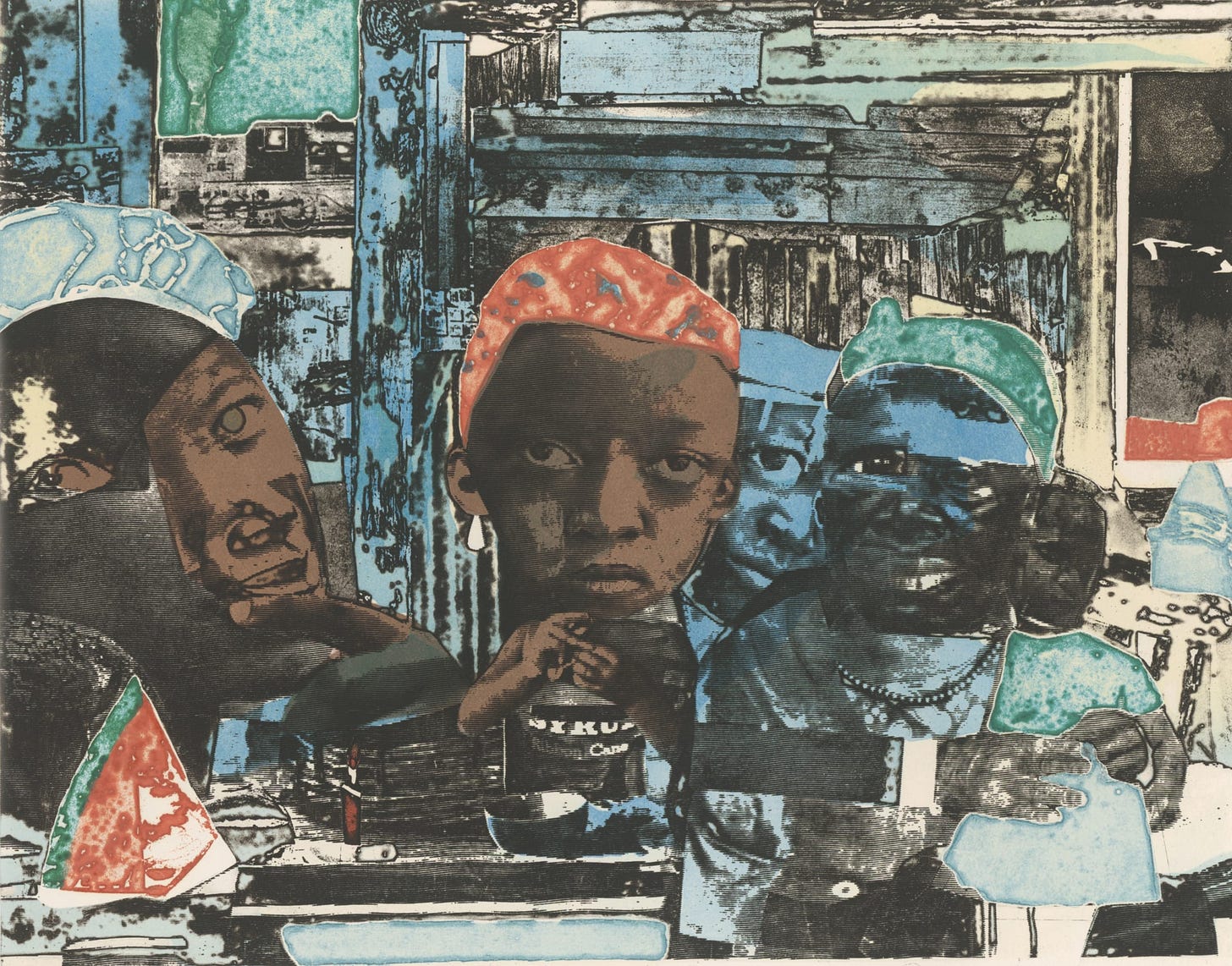
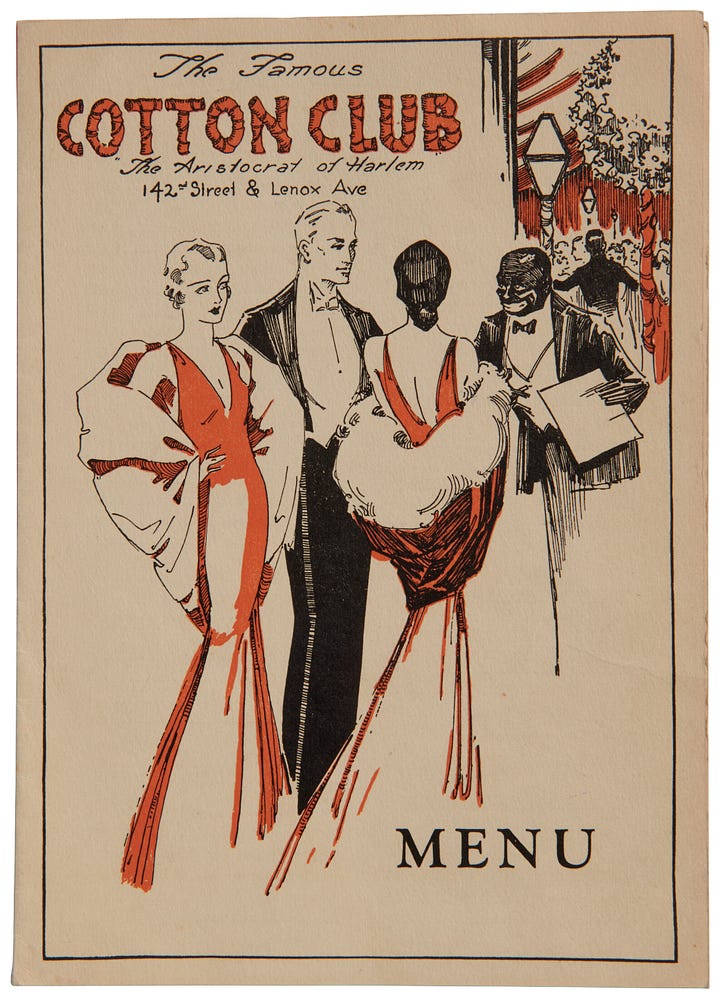
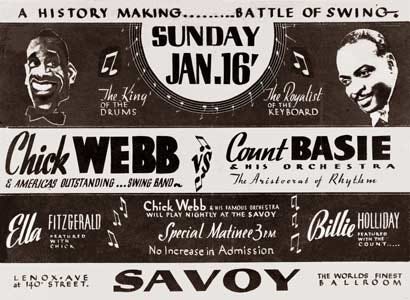

Jazz, a genre born from the African American experience in late 19th-century New Orleans, has profoundly shaped American visual culture and artistic expression. The 1920s and 1930s marked the emergence of jazz as a cultural force intertwined with the Harlem Renaissance, a period of African American artistic and intellectual flourishing. Visual artists such as Aaron Douglas and Romare Bearden drew parallels between jazz's improvisational rhythms and their own experimentation with form. Douglas's murals, such as Aspects of Negro Life (1934), fused geometric patterns with dynamic lines to evoke syncopation, symbolizing cultural pride and resistance to racial oppression. Bearden’s collages, such as The Train (1975), integrated jazz motifs and titles of performances, reflecting the genre’s role in articulating Black identity. Posters for iconic venues like the Cotton Club and Savoy Ballroom became visual artifacts of the Jazz Age, blending Art Deco motifs with bold typography to mirror the energy of Duke Ellington and Count Basie’s big bands. Stuart Davis, influenced by jazz’s rhythm, developed a vibrant abstract style, stating that “Jazz made me want to paint.” This era established jazz as a catalyst for a distinctly American aesthetic, bridging music and visual art in the fight for cultural recognition.


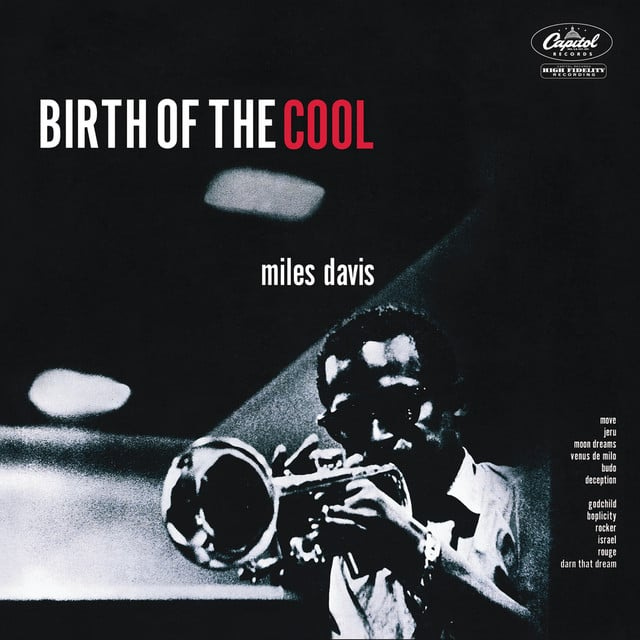
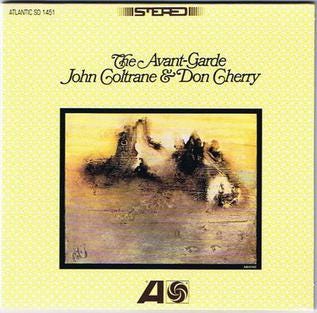




In the 1940s and 1950s, bebop arose as a complex form of jazz, characterized by fast tempos and harmonic experimentation. This shift resonated with abstract expressionists like Norman Lewis and Jackson Pollock, who translated jazz’s spontaneity into visual language. Lewis’s Jazz Band (1948) employed fragmented shapes and rhythmic brushstrokes to mirror Charlie Parker’s improvisational solos, while Pollock’s drip paintings, created to the sounds of Louis Armstrong and Billie Holiday, embodied bebop’s chaotic energy. During this time, album covers emerged as a medium for visual storytelling. Reid Miles, the designer for Blue Note Records, fused modernist typography with stark photography to capture the sophistication of Miles Davis’s Birth of the Cool (1957) and John Coltrane’s avant-garde work. Photographer Francis Wolff documented jazz legends in stark black-and-white portraits, emphasizing their intensity during recording sessions. These collaborations between musicians and visual artists elevated jazz into a multisensory experience, where sound and visual art coexisted in a dynamic exchange.

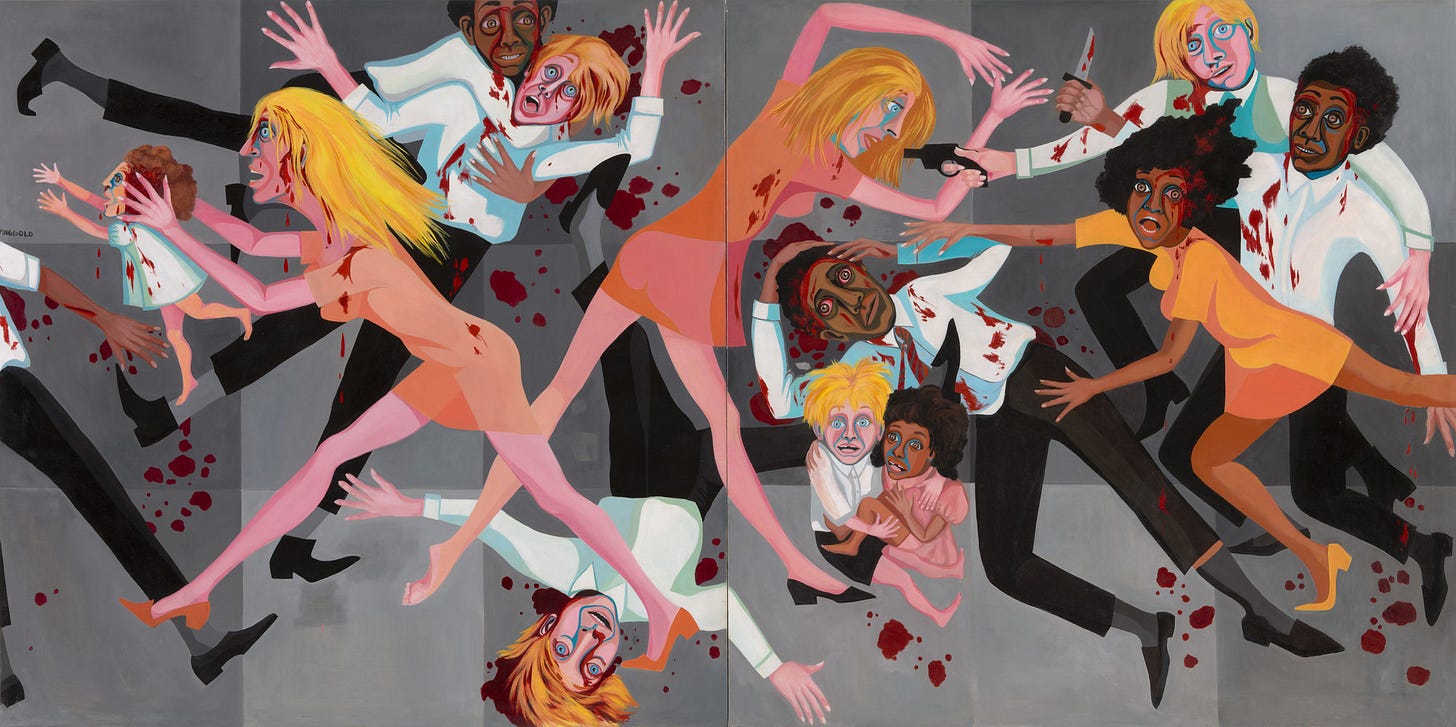
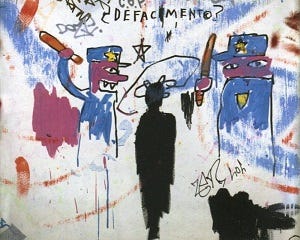

The 1960s and 1970s linked jazz to the Civil Rights Movement, with artists using visual media to critique systemic racism. Romare Bearden’s The Dove (1964) juxtaposed fragmented African American life with jazz motifs, paralleling the genre’s role in advocating for equality. Faith Ringgold’s American People Series #20: Die (1967) echoed free jazz’s dissonance, using jarring contrasts to confront racial violence. Jean-Michel Basquiat, influenced by bebop pioneers like Charlie Parker, infused his neo-expressionist works with jazz references. Pieces like Defacement (The Death of Michael Stewart) (1983) condemned police brutality, while Horn Players (1983) paid tribute to Parker and Dizzy Gillespie, blending text and imagery to celebrate Black excellence. Films like Soul (2020) and documentaries such as A Great Day in Harlem (1994) further amplified jazz’s role in social narratives, using visual media to explore Black identity and resilience.
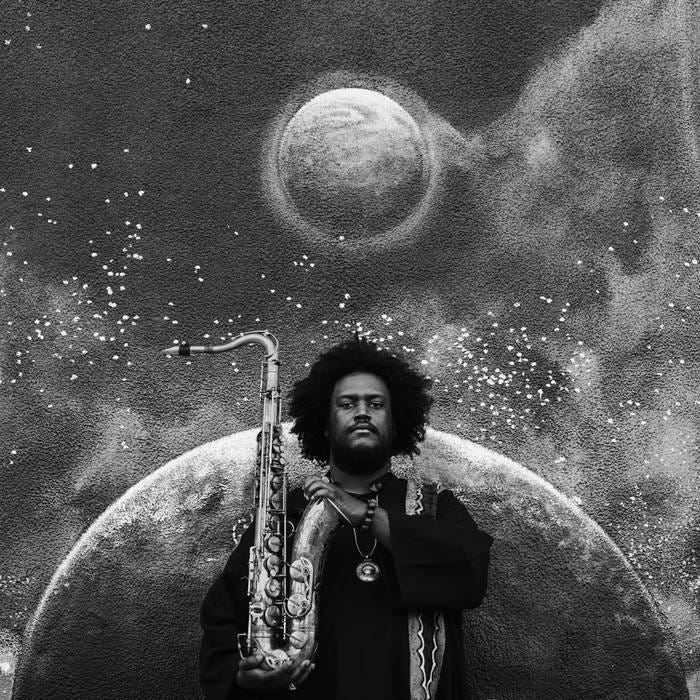
In the 21st century, jazz-inspired art expanded into street art and digital platforms. Basquiat’s graffiti roots, exemplified by his SAMO© tag, drew from jazz’s improvisational ethos, using call-and-response techniques akin to musical dialogues. Digital creators have reimagined jazz classics like Kamasi Washington’s The Epic (2015) through animated shorts and interactive installations, merging avant-garde visuals with sprawling compositions. Social media campaigns like #JazzRevival employ retro aesthetics and memetic humor to engage younger audiences, while artists like Trahern Cook paint live at jazz performances, translating sound into color and movement. Institutions like the National Jazz Museum in Harlem now offer virtual tours, democratizing access to jazz’s visual legacy.
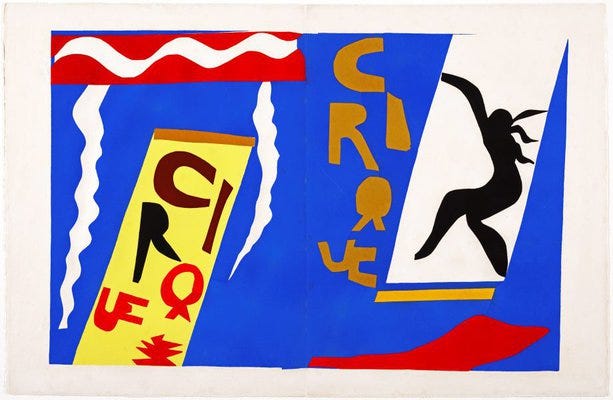
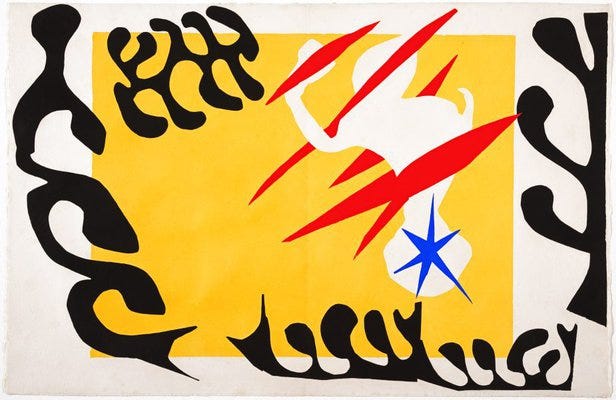
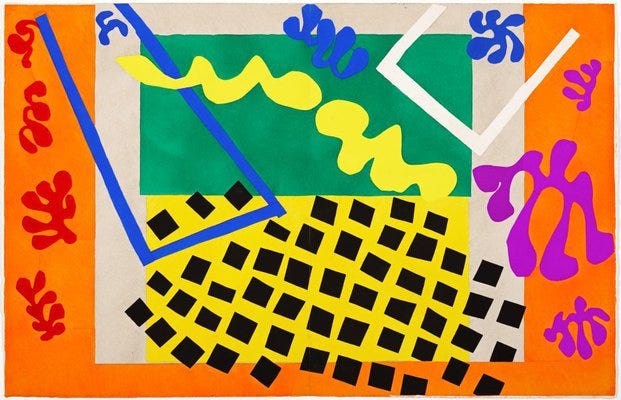
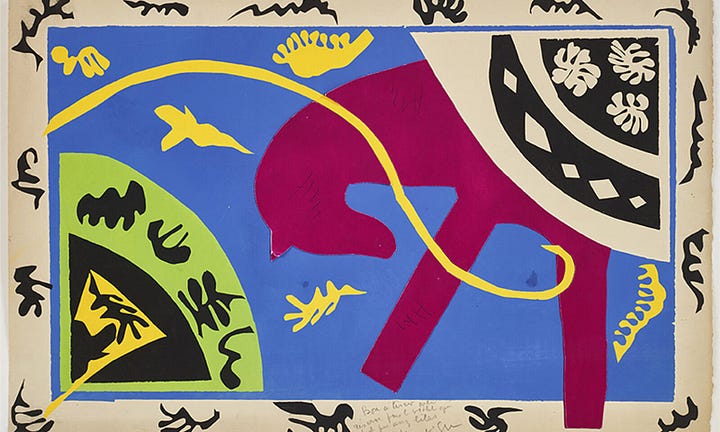
Jazz’s influence extends beyond African American communities, inspiring global movements. Henri Matisse’s Jazz series (1947) used cut-outs to mimic musical harmony, while Latin jazz fused Cuban rhythms with bebop, as seen in Dizzy Gillespie’s collaborations with Chano Pozo. Women artists like Melba Liston, a trombonist and composer, and Mary Lou Williams, a pianist, challenged gender norms, and their contributions are reflected in visual tributes and album art. Their influence helped solidify jazz as a cross-cultural dialogue, transcending boundaries and inspiring artists worldwide.
The evolution of jazz in visual culture underscores its role as a mirror of societal change. From Harlem Renaissance murals to Basquiat’s neo-expressionism, jazz has provided a lexicon for exploring identity, resistance, and innovation. As technology reshapes artistic mediums, jazz’s legacy thrives in galleries, street art, and digital spaces, affirming its enduring relevance. Its improvisational spirit, a blend of structure and freedom, continues to inspire artists to “decorate time” through visual storytelling.
References:
Jazz | Definition, History, Musicians, & Facts. Britannica, 20 July 1998, https://www.britannica.com/art/jazz.
Jazzed About Art. Smithsonian Institution, https://www.si.edu/spotlight/jazz-in-art.
What is Jazz? National Museum of American History, 13 June 2023, https://americanhistory.si.edu/explore/projects/smithsonian-jazz/education/what-jazz.
Waller, Kathleen Clare. Jazz in the Arts. The Matterhorn, https://thematterhorn.substack.com/p/21-jazz-in-the-arts.
The Origins of Jazz. Jazz Observer, 23 Aug. 2024, https://jazzobserver.com/the-origins-of-jazz/.
Art Meets Jazz Meets Art. Richland Library, 15 Apr. 2021, https://www.richlandlibrary.com/blog/2021-04-15/art-meets-jazz-meets-art.
Jazz. Wikipedia, 18 Sep. 2024, https://en.wikipedia.org/wiki/Jazz.
The Role of Jazz in Jean-Michel Basquiat's Art. My Art Broker, https://www.myartbroker.com/artist-jean-michel-basquiat/articles/jean-michel-basquiat-and-the-role-of-jazz.
The Evolution of Jazz Music. Vocal Media, https://vocal.media/beat/the-evolution-of-jazz-music-a-deep-dive-into-the-history-influences-and-key-figures-of-america-s-iconic-genre.
Stern, Bradley. Art in the Land of Jazz. Bradley Stern Music, 19 Feb. 2023, https://bradleysternmusic.com/2023/02/19/art-in-the-land-of-jazz/.




Music and Art have always had an interesting competition for attention and collaboration for culture while they dance together to create Style.
It is so lovely to look back upon how the period revived some illustration styles and fonts, while bringing signature new ones to the foreground. I also enjoyed the reprise of works from many of the great artists you featured for Black History Month.
I enjoyed this very much. You might be interested in a piece I write on the same theme.
https://open.substack.com/pub/mediaroom/p/jazz-in-color?r=c8c1n&utm_campaign=post&utm_medium=web&showWelcomeOnShare=false